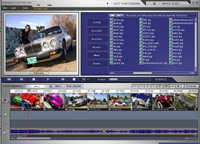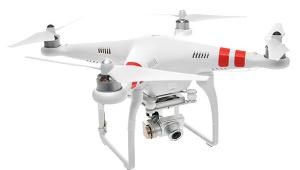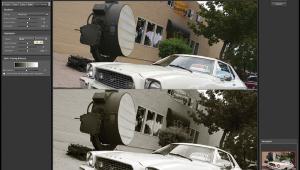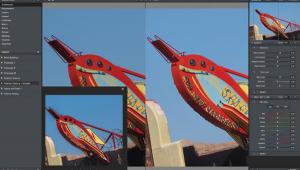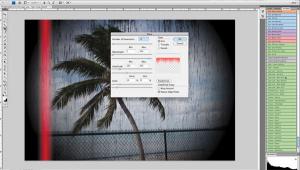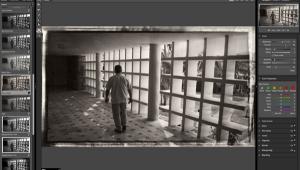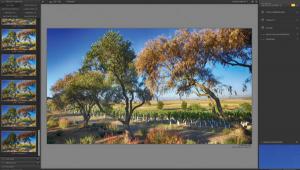Digital Innovations
Fear Of Flying
Or The Doctor Is Really In
Lucy Van Pelt: "If you have Aviophobia, you're afraid of flying." Charlie Brown: "That's it!" The following is a true story.
Some names have been changed to protect the guilty. |
|||
Epilogue: As I was boarding the flight, I saw Steve running down the hall with his carryon bag. The pooches never arrived, so he appealed to Frank and his supervisor, Henry Blake, to let him head back to colorful Colorado and they finally agreed. Is this far-fetched? Well, I watched it happen, and my wife and other photogs around the country have reported similar experiences no matter what federal regulations say about hand inspection of film. The airport is unfortunately a place where geopolitics and imaging collide and the winners will be those photographers who don't mind missing a flight or two or those "shooting digital." I'm not saying his experience was right or wrong, but while Steve did make the flight, he could have been detained simply for the crime of using film. Where Do You Keep Your
Memory Cards? |
|||
Request Line: Playing
The Hits |
|||
3D-Album Commercial Suite (www.3d-album.com)
is an impressive digital imaging solution for distributing DVDs, albums,
catalogs, screen savers, and even your own customized browsers or portfolios.
You can even design your own games. You can specify a particular area
of an image to be engaged to take an action, such as playing sound or
video, displaying information, opening another document, or linking to
your website. |
- Log in or register to post comments



